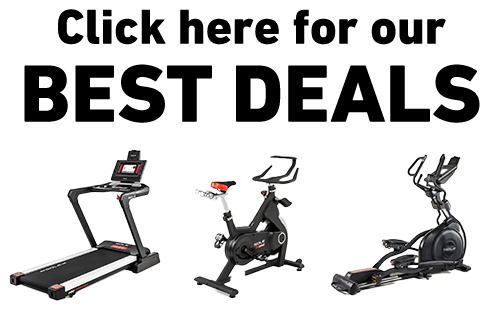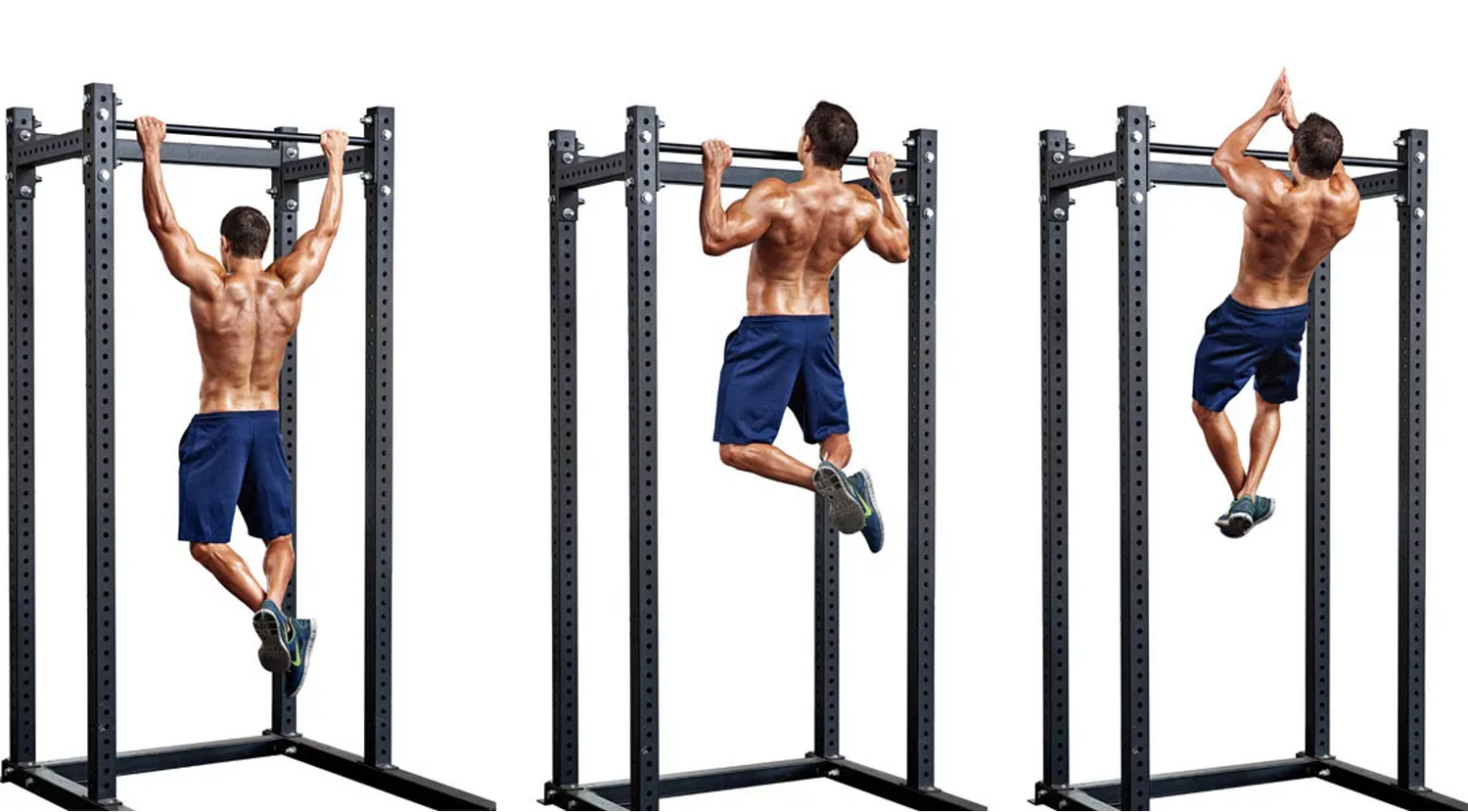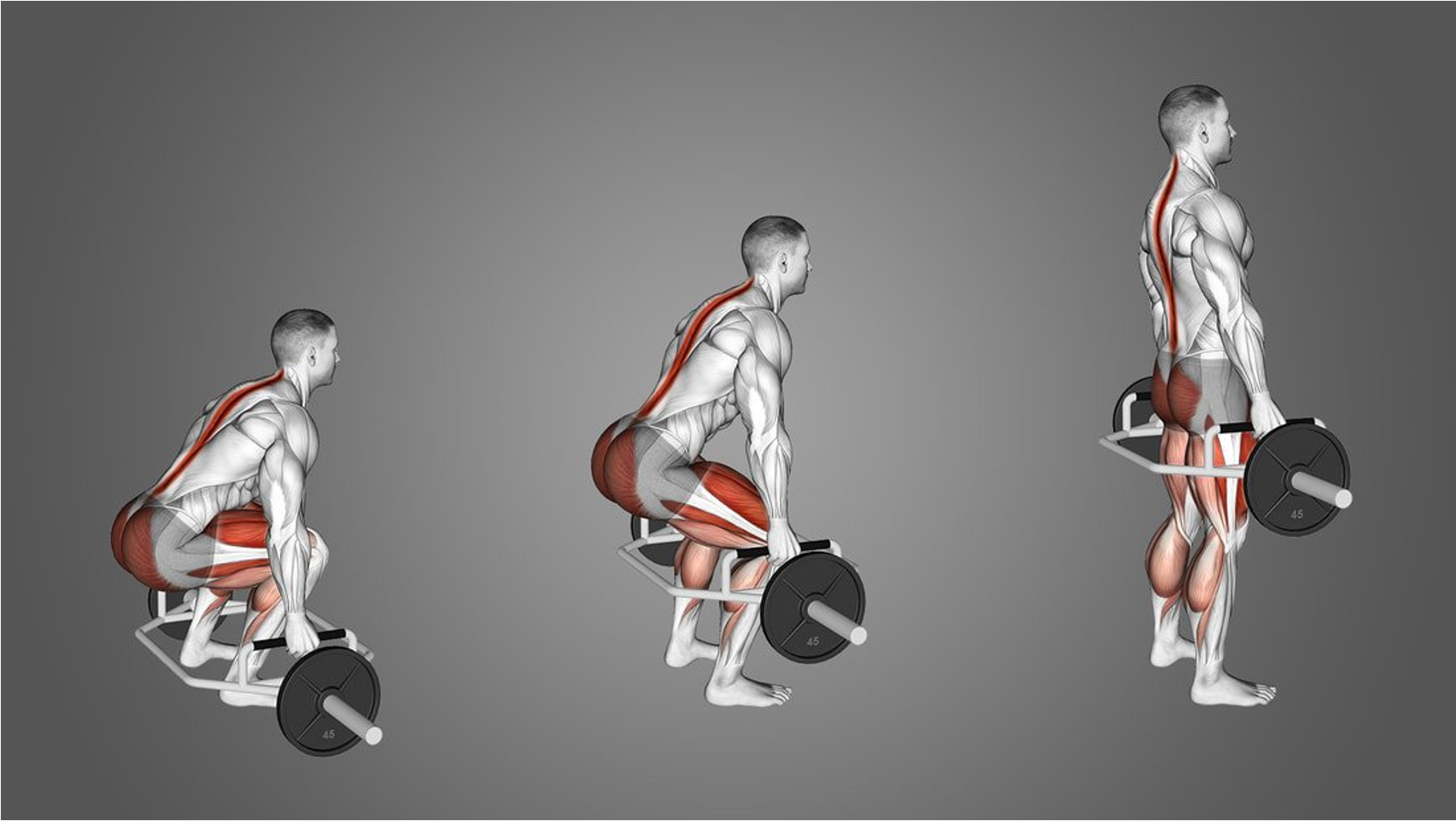Key Takeaways
- Lat pulldowns are perfect for beginners since you can adjust the weight and control the movement.
- Pull Ups work more muscle groups at once, giving you a killer upper body workout and a stronger core.
- Lat pulldowns are great for targeting specific muscles, while pull ups build real-world functional strength.
- Using both exercises in your routine leads to more balanced muscle development.
- SOLE SRVO All-in-One Complete Trainer provides the perfect platform for both traditional lat pulldowns and assisted pull up training at home.
Lat Pulldown vs Pull Ups Overview
Understanding the Basics
Lat pulldowns involve sitting at a machine and pulling a bar down toward your chest. Pull ups require you to hang from a bar and lift your entire body up using your upper body strength.
Both exercises fall into the "vertical pulling" category and mainly target your latissimus dorsi (those wing-like muscles on your back), but they hit them slightly differently.
They help you build that coveted V-shaped back, but your current strength level and what equipment you have access to might determine which one makes more sense for you.
Key Differences and Similarities
While both exercises work similar muscle groups, they're definitely not identical. Lat pulldowns let you control exactly how much weight you're lifting, making them perfect for beginners. You can start light and add more weight as you get stronger. Pull ups, on the other hand, make you lift your entire body weight right from the start, which can be tough if you're just starting out.
Here's a quick comparison:
|
Exercise |
Equipment |
Main Muscles |
Difficulty |
|
Lat Pulldown |
Cable Machine |
Lats, Biceps |
Beginner |
|
Pull up |
Pull up Bar |
Lats, Biceps, Core |
Intermediate to Advanced |
Common Misconceptions
One common misconception is that lat pulldowns are just for beginners. While they are beginner-friendly, even advanced lifters use them to focus on form and isolate specific muscles. Another myth is that pull ups are the only way to build a strong back. While pull ups are amazing for overall upper body strength, lat pulldowns offer a controlled environment to target specific muscles.
|
At SOLE, we're proud to offer the best exercise equipment for your home or gym. Our machines are built to meet the highest quality and performance standards, making them perfect for fitness enthusiasts at any level. SOLE Products
|
Muscles Worked by Each Exercise
Lat Pulldown Muscles
Lat pulldowns focus on four prominent muscles:
- Latissimus Dorsi (the big wing muscles in your back).
- Biceps Brachii (the muscles in your upper arms).
- Trapezius (the muscles in your upper back and neck).
- Rhomboids (the muscles between your shoulder blades).
Pull ups Muscles
Pull ups primarily engage your lats, biceps, forearms, and shoulders, but they also require significant core engagement for stability. The grip strength required for pull ups also works your forearms intensively.
With lat pulldowns, focus on pulling your elbows down and back rather than just moving the bar. This mind–muscle connection maximizes lat activation and helps build that desired V-taper. (Image courtesy of Julie Lohre)
Additional Muscles Targeted
Both exercises engage secondary muscles that support the primary movers. These include the rear deltoids, teres major and minor, and even the pectoralis minor. The extent to which these muscles are engaged depends on your grip style and body positioning during the exercise.
Benefits of Lat Pulldown
Strength and Muscle Growth
Lat pulldowns are fantastic for building strength and growing muscle. They let you target your back muscles with precision. This is perfect if you're trying to add muscle mass in a controlled way.
Flexibility and Versatility
You can switch up your grip, adjust the weight, and even change your sitting position to target different muscle groups. This makes lat pulldowns super flexible for anyone looking to mix up their workout routine. You can do wide-grip, close-grip, or reverse-grip pulldowns to hit different parts of your back.
Suitable for Beginners
Lat pulldowns are especially great for beginners. The machine keeps you stable and in control, letting you focus on form and technique. This is crucial when you're new to strength training, as it helps prevent injuries and builds a solid foundation for more advanced exercises.
Benefits of Pull ups
Core and Functional Strength
Pull ups aren't just about your upper body; they give your core a serious workout too. When you do a pull up, your core muscles engage to keep your body stable.
Upper Body Muscle Definition
If you're looking to sculpt your upper body, pull ups are the way to go. They help define the muscles in your back, shoulders, and arms, giving you that chiseled look. Consistent pull up training can lead to noticeable improvements in muscle tone and strength.
High Athletic Value
Pull ups are highly valued in athletic training because they build functional strength. This means they improve your ability to perform real-world activities, like climbing or lifting. Athletes often include pull ups in their routines to enhance their performance and overall strength.
Recommended Ratio of Lat Pulldown to Pull ups
Finding the right balance between lat pulldowns and pull ups can maximize your workout benefits. Depending on your goals, you might focus more on one exercise than the other. (Image courtesy of ATHLEAN-X™)
Balancing Exercises
To balance these exercises in your routine:
- Start with lat pulldowns if you're a beginner, and gradually add pull ups as you gain strength.
- Switch between the two exercises in your weekly routine to prevent muscle adaptation.
- Focus on form and technique to avoid injury and maximize muscle engagement.
- Listen to your body and adjust your routine based on your progress and goals.
Progression and Adaptation
For lat pulldowns, gradually increase the weight to continue challenging your muscles. With pull ups, try adding weight or increasing the number of reps.
Master Both Pulling Exercises with SOLE Premium Fitness Equipment
SOLE's innovative SRVO trainer provides perfect resistance patterns for both lat pulldowns and assisted pull up exercises, helping you progress from beginner to advanced without leaving home.
Want to build an impressive back without a gym membership? The SOLE SRVO All-in-One Trainer is a game-changer for vertical pulling exercises, providing smooth, consistent resistance that perfectly mimics both lat pulldowns and assisted pull ups in one compact unit.
Unlike bulky commercial machines that dominate an entire room, the SRVO fits neatly in a corner while still delivering gym-quality results. Its dual-motor technology creates consistent resistance throughout the entire movement, critical for properly engaging your lats during the eccentric (lowering) phase that most home equipment completely misses.
What makes the SRVO special for vertical pulling is its multiple resistance modes. Standard mode perfectly replicates traditional lat pulldowns with adjustable weight in precise 1-lb increments.
The resistance curve of the SOLE SRVO can be programmed to decrease as you approach the top of the movement, mimicking the sticking point of real pull ups for targeted strength development.
As you get stronger, the Eccentric mode increases resistance during the lowering phase by 30%, developing the strength needed to progress toward unassisted pull ups more effectively than traditional training.
If you’re not yet ready for full pull ups, the SRVO provides something even better than the assisted pull up machines at commercial gyms: variable resistance patterns that gradually build the exact strength needed to transition to the real thing.
The SOLE+ App takes your training further with specialized programming that shows exactly how to combine both exercises for balanced back development. You'll learn proper form cues for maximizing lat engagement and progressions that seamlessly bridge the gap between machine-assisted training and bodyweight mastery.
Ready to build that impressive V-taper at home? Check out the SOLE SRVO All-in-One Complete Trainer!
Frequently Asked Questions (FAQs)
Can beginners do pull ups?
Yes, beginners can do pull ups, but it might take some time to build up the necessary strength. Start with assisted pull ups using resistance bands or a pull up machine to gradually increase your strength. Consistency and patience are key, so don't get discouraged if you can't do a full pull up right away.
Focus on improving your form and gradually reducing the assistance as you get stronger. Eventually, you'll be able to perform unassisted pull ups with confidence.
How often should I combine both exercises?
Combining both exercises can be highly beneficial, but it's important not to overdo it. Aim for 2–3 sessions per week, alternating between lat pulldowns and pull ups. This frequency allows for adequate muscle recovery and growth while keeping your workouts balanced.
Which exercise offers better results for bodybuilding?
Both exercises can be effective for bodybuilding, but lat pulldowns might have a slight edge for muscle isolation and growth. They allow you to target specific muscles with precision and control. However, adding pull ups brings functional strength and muscle definition, making them a valuable addition to any bodybuilding routine.
How do these exercises impact posture?
Both lat pulldowns and pull ups can have a positive impact on posture when performed correctly. They strengthen the back muscles, which play a crucial role in maintaining good posture. By developing these muscles, you can reduce the risk of slouching and improve your overall posture.
How does the SOLE SRVO compare to traditional lat pulldown machines?
The SOLE SRVO offers several advantages over traditional lat machines. Unlike fixed-path machines that force an unnatural movement pattern, the SRVO's cable system allows your shoulders to move through their natural range of motion, reducing joint strain while maximizing muscle activation. The dual-motor technology creates consistent tension throughout the entire movement - something conventional weight stacks can't provide. This ensures your lats stay engaged even at the bottom of each rep.







Leave a comment
This site is protected by hCaptcha and the hCaptcha Privacy Policy and Terms of Service apply.